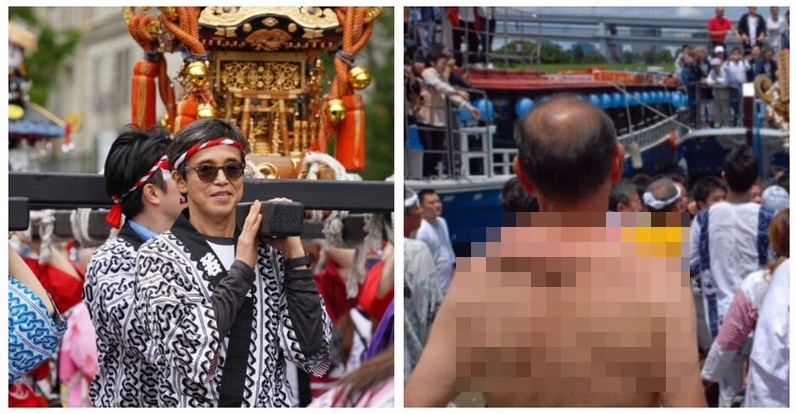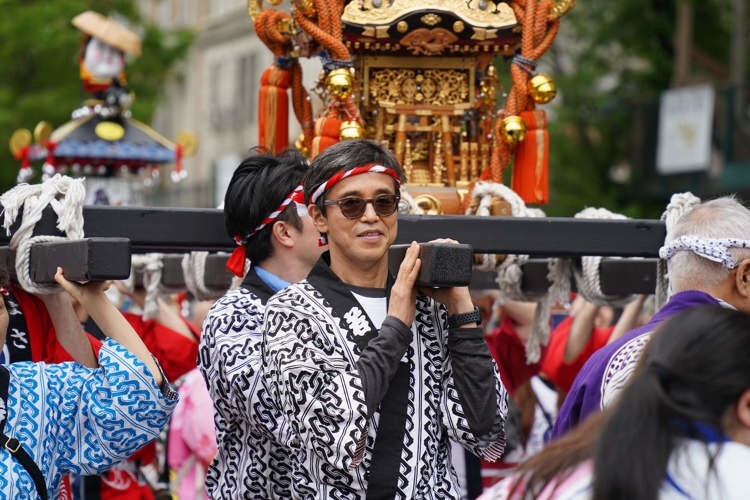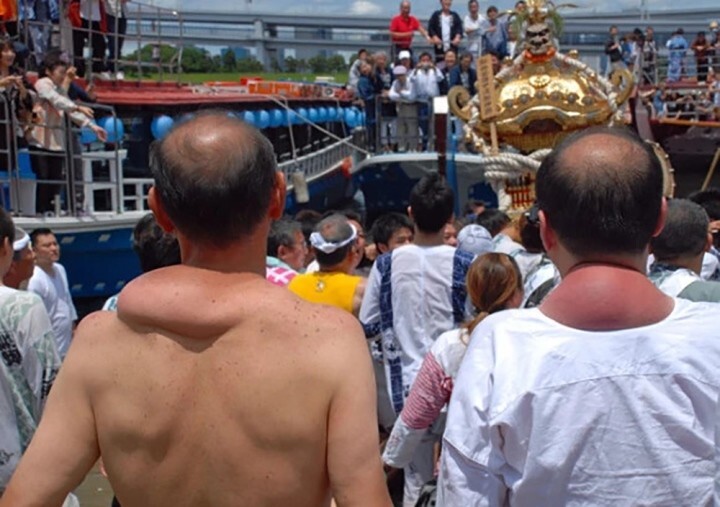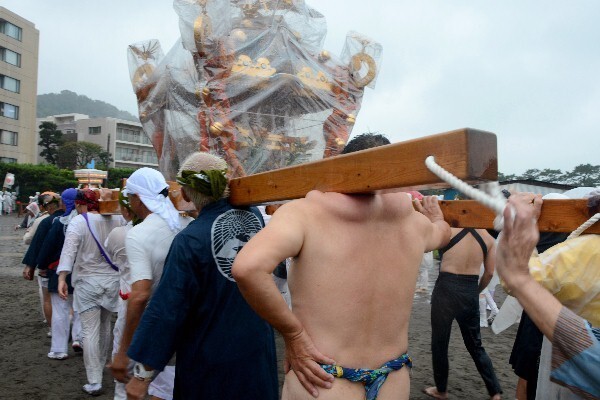Giant calluses on the shoulders are a proud sign of God (5 photos + 1 video)
During important Shinto holidays, the Japanese carry mikoshi - divine palanquins - through the streets. Since the weight of miniature shrines can reach several tons, the load is significant, and after many years of labor, large calluses called "mikoshi dako" form on the shoulders. The bearers of shrines are proud of this deformation of the body. 
In Shintoism, the traditional religion of Japan, the objects of worship are the kami - the deities and souls of the dead. These 8 million spirits live in shrines and the only way to move them is through mikoshi, which are mobile versions of shrines. 
The painted and ornate structures are loaded onto sturdy beams, which the men must carry on their shoulders. Being a mikoshi is a great honor, so locals happily take part in the traditional procession. 
Carrying shrines requires compliance with important rules: from wearing special clothes, to the manner of swinging and drinking sake. Often, mikoshi wearers drink rice wine as early as 6 a.m., which not only complicates the task, but also dulls the pain. 
Over time, the calluses become so large that they soften the pressure of the bars and reduce the pain when carrying shrines.
Men proudly display body deformities as they are considered a symbol of devotion to deities. 





















